
Australasian Gannet
Morus serrator


Morus serrator

The Australasian gannet, or Tākapu, is a large seabird native to New Zealand's coastal waters. With its striking white plumage, yellow-tinged head, and piercing blue eyes, this graceful bird is a fantastic sight soaring above the waves or plunging into the sea for fish.
1. Adults have bright white bodies with black wingtips, while juveniles are mottled.
2. Long, pointed bill with serrated edges for catching slippery fish.
3. They can dive from up to 30m high when feeding
Tākapu form monogamous pairs and engage in elaborate courtship displays. They build nests on the ground in dense colonies, laying a single egg. Both parents share incubation and chick-rearing duties. These birds can live up to 30 years, making them one of the longest-lived seabirds in New Zealand waters.
Look for Tākapu along New Zealand's coastlines, especially near offshore islands and rocky outcrops mainly off of the North Island. They're often seen soaring high above the water or gathered in noisy colonies on cliffsides. Dawn and dusk are ideal times to spot them fishing. Watch for their dramatic plunge-dives \- a surefire way to identify these skilled hunters. Tip: Scan the horizon with binoculars for their distinctive white silhouettes against the sky.
Tākapu have long been part of New Zealand's coastal ecosystem. Their Māori name reflects their importance in traditional culture. Early European settlers noted their abundance, with some colonies established in the mid-1800s. Today, they remain an iconic sight along Aotearoa's shores.
90 cm
2300 g
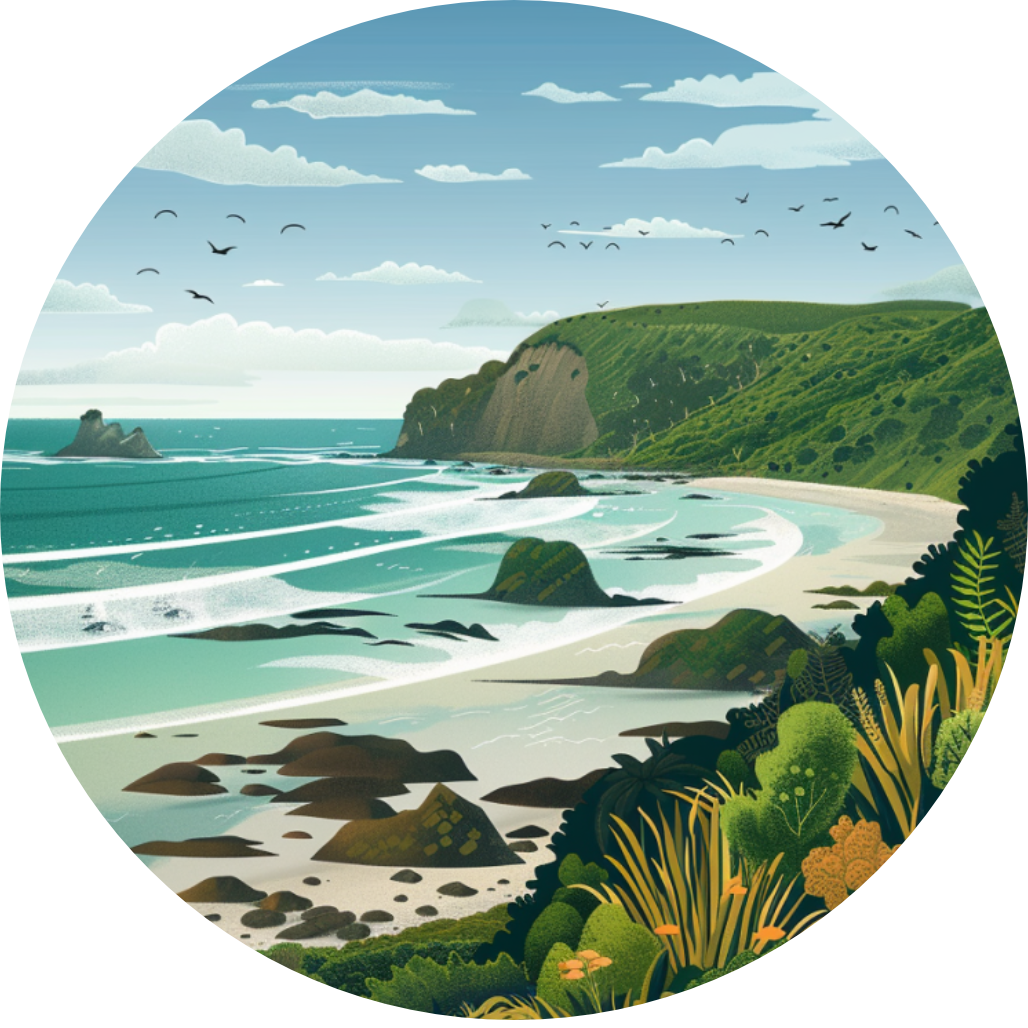
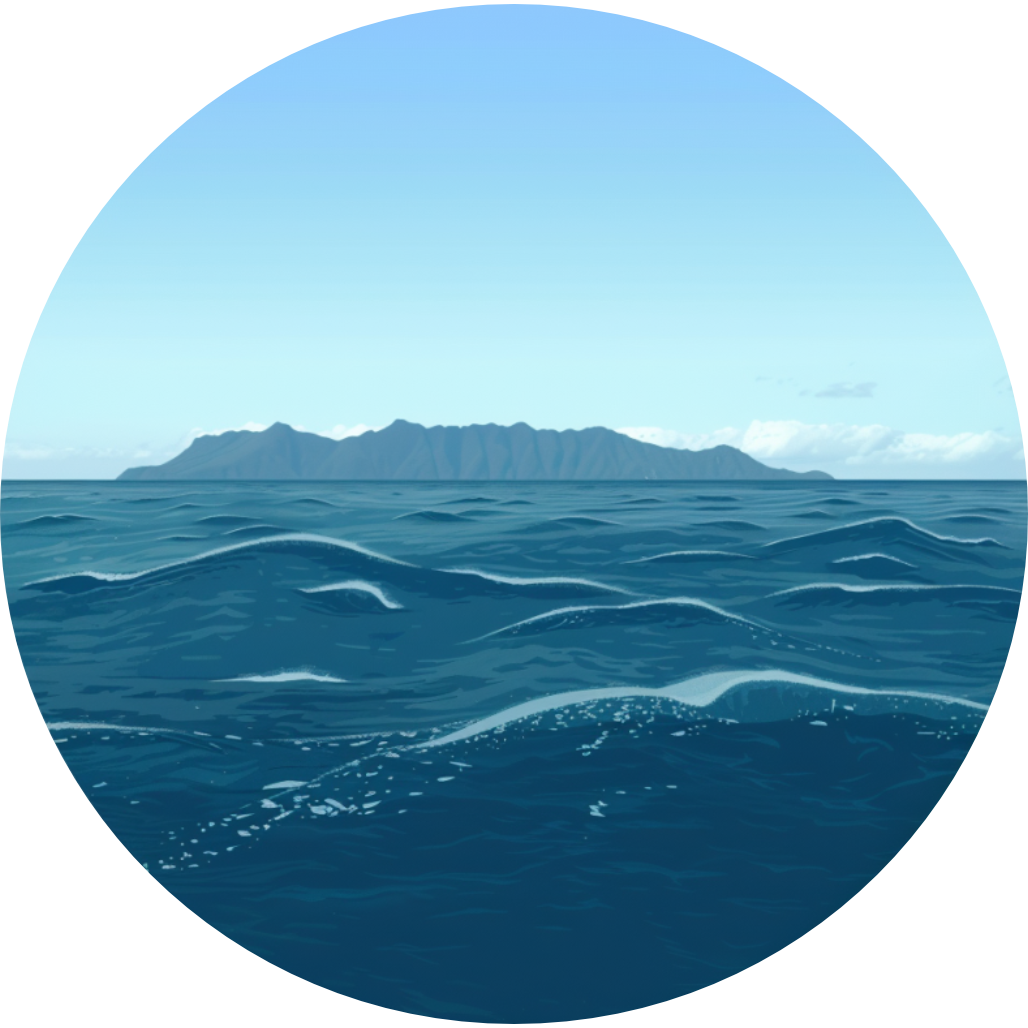
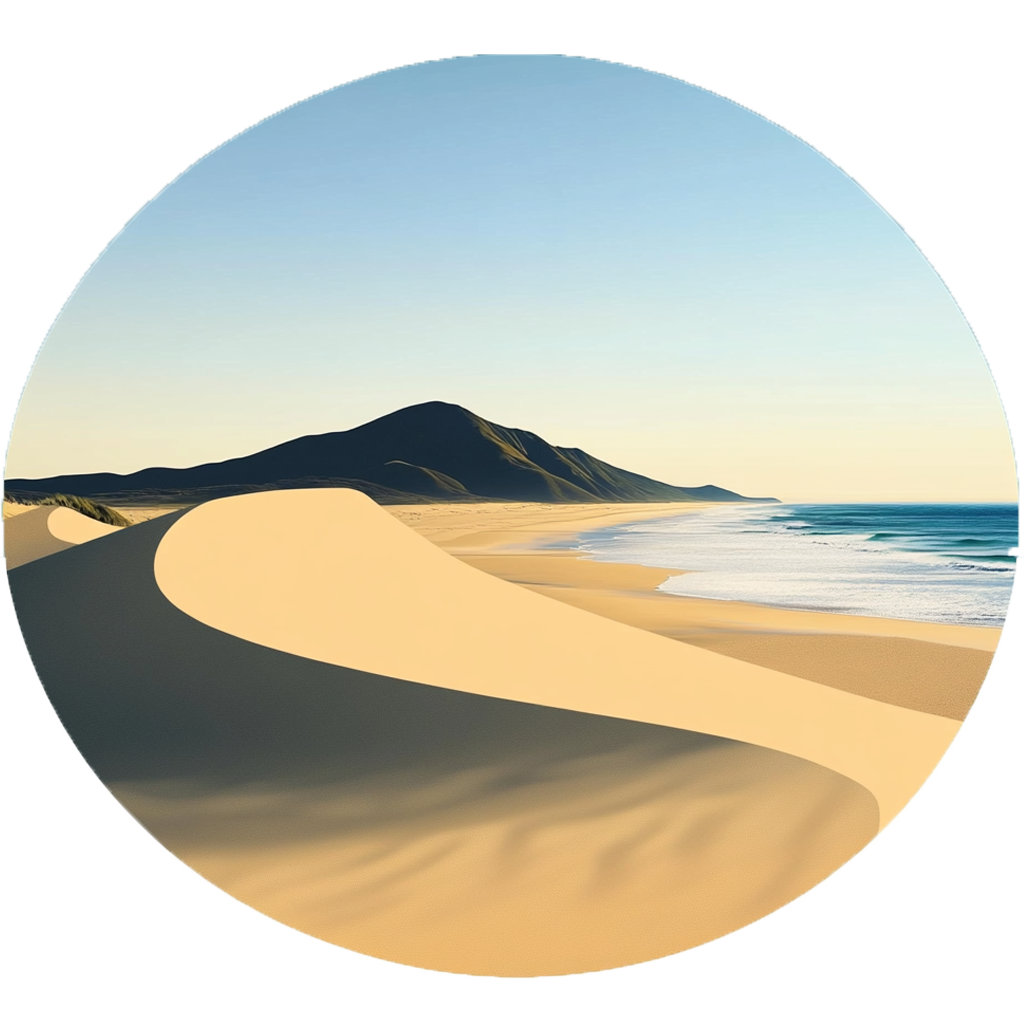
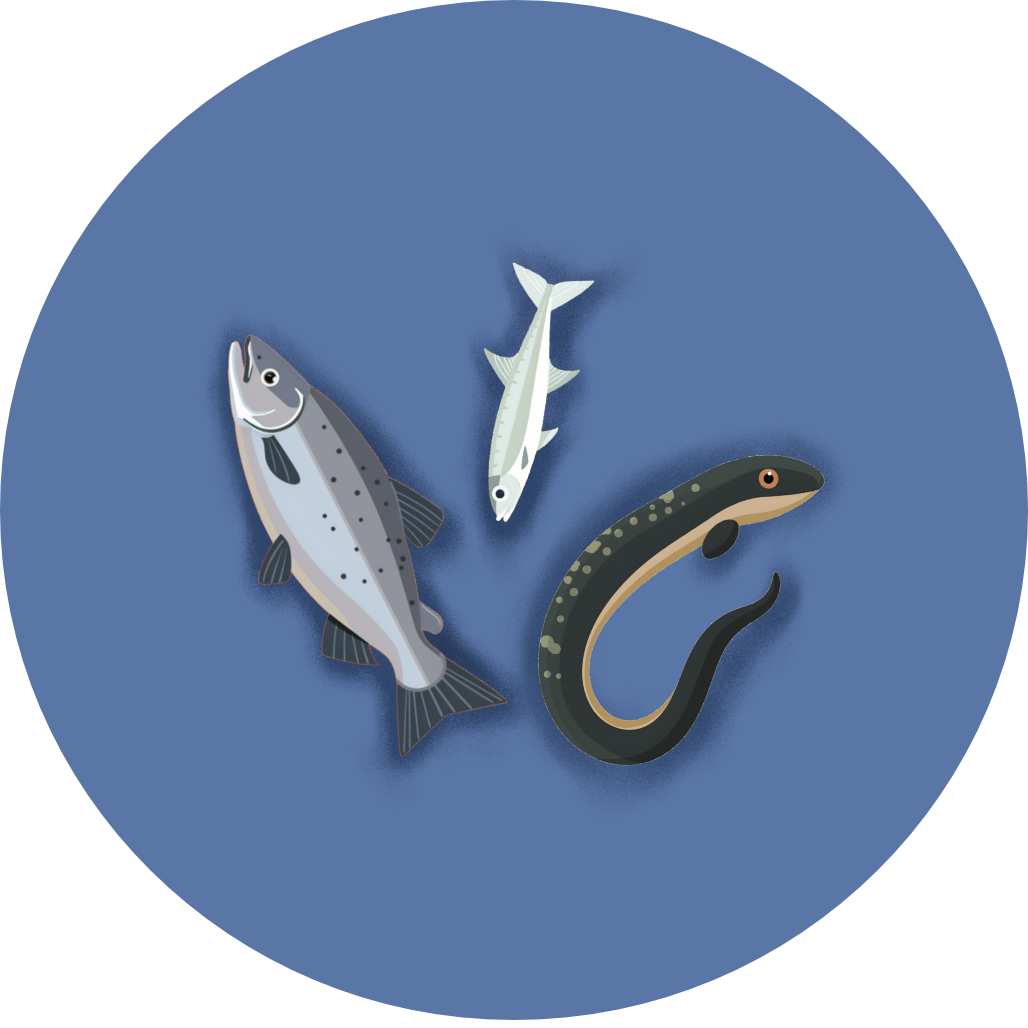
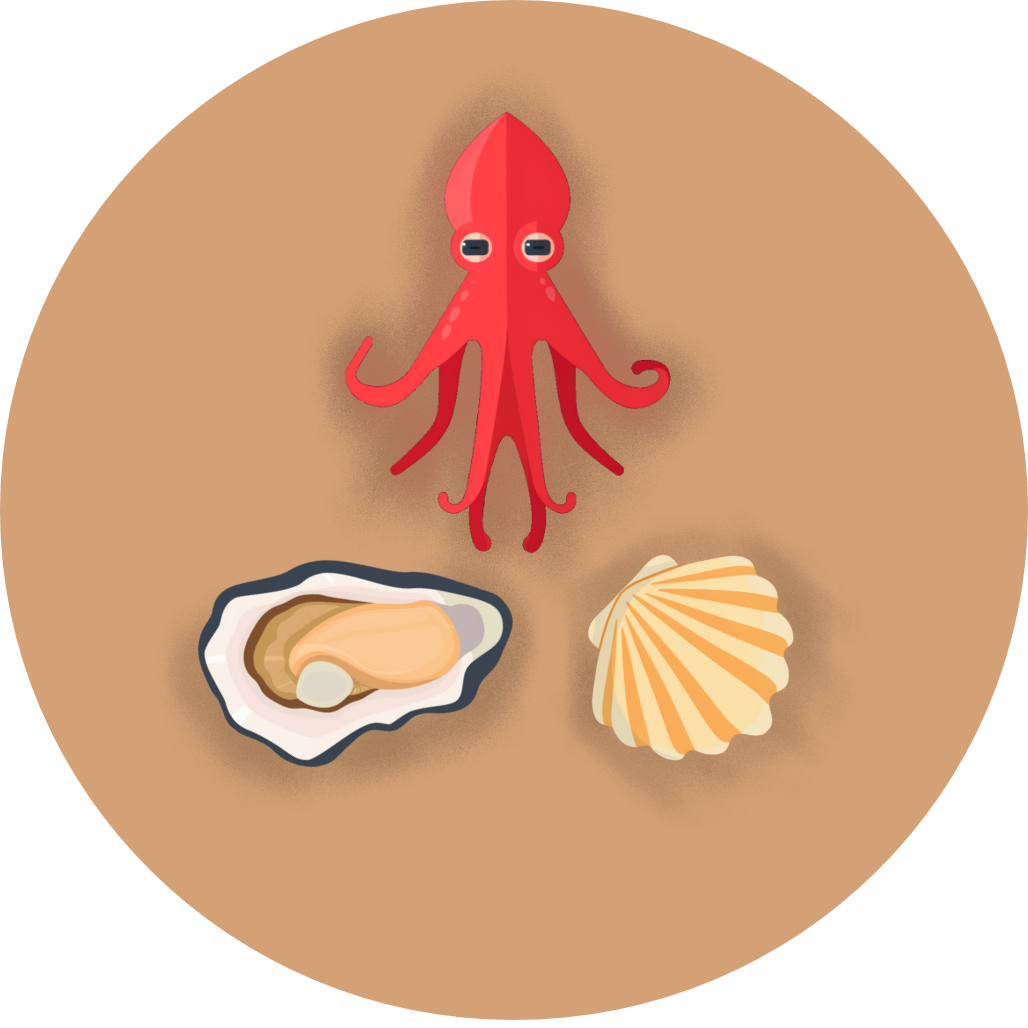
Coming Soon!
Top birding locations will be available in a future update.